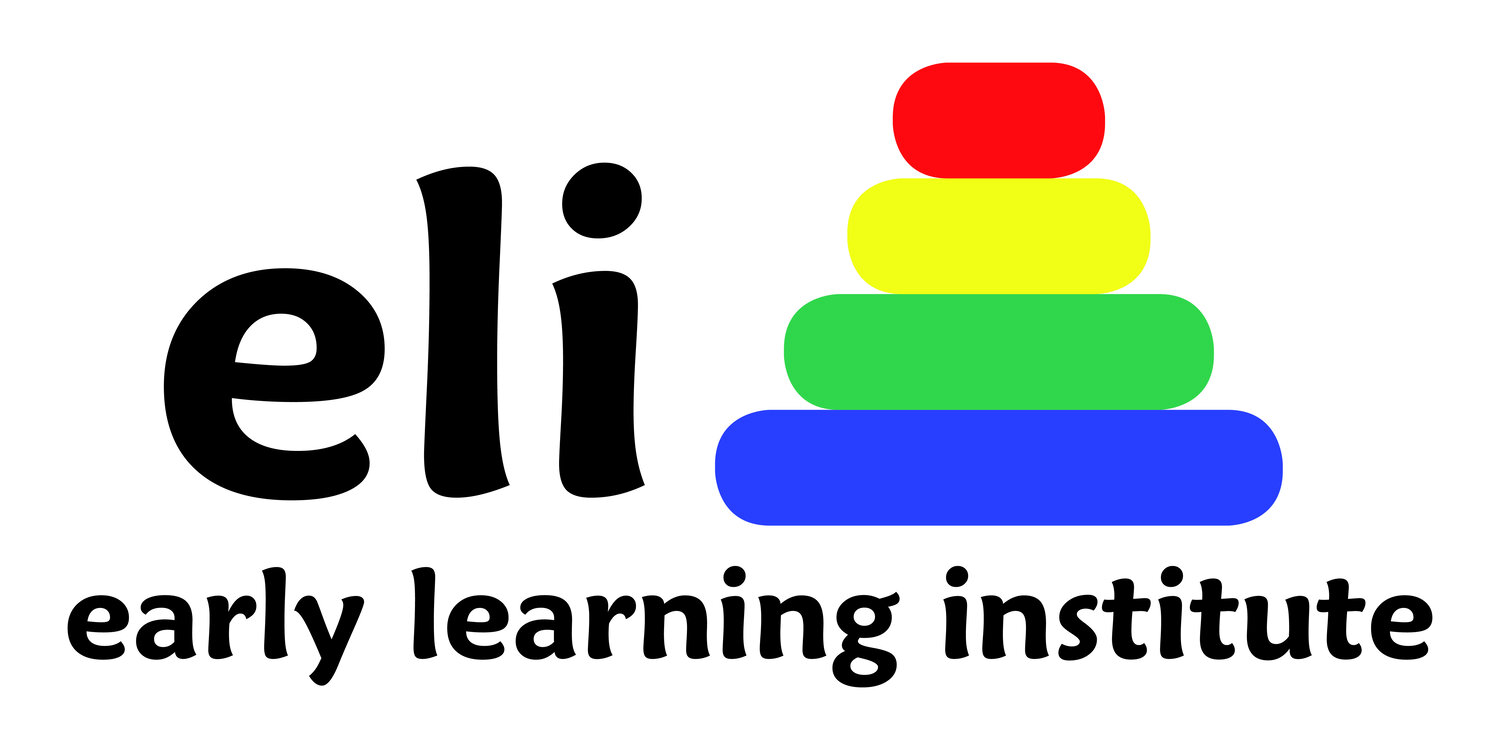ASK Nana!
Whether you need parenting advice, or simply have a question regarding your child’s behavior or development….Just ASK NANA!
All questions submitted will be answered, even if not featured publicly. Names will ALWAYS remain completely confidential.
Looking for previous “Ask Nana” questions? They can all be found in the
And Now, something a little different!
For this month’s Ask Nana, we wanted to touch on something extremely serious and often difficult to diagnose- Hearing Loss in children. For this subject, we have brought in Katie Werle, a Speech and Language Pathologist and owner of Discovery Speech and Language, to share her experience as a parent with children who have hearing difficulties.
As a speech and language pathologist who studied audiology in grad school,
I always thought I would be able to detect if my child was experiencing any sort of hearing loss. I never imagined I would miss my own child’s hearing loss. I wanted to share my experience with others, so they are able to learn the signs of a hearing loss and give them the tools to advocate for their child.
“Any time he was sick, an ear infection followed.”
George, my four year old began getting regular ear infections around 2-2.5 years old. Any time he was sick, an ear infection followed. I purchased an otoscope off of Amazon that connected to my phone so I was able to monitor and get care when he would get an ear infection. George often did not present with a fever when he had an ear infection. His pediatrician worked with me on interpreting the photos and helped teach me to identify the signs/appearance of an ear infection. Over a year went by and I noticed his ear infections weren’t completely clearing up and he was getting them back to back. Close to his fourth birthday, we were on our third round of antibiotics (with increasing strengths). I was determined to advocate for pressure equalizer tubes through a surgery called tympanostomy.
Usually, a child with a hearing loss presents with some degree of speech and language delay. This may look like a late talker, limited speech sound inventory, and/or not producing a variety of syllable shapes. A late talker is usually identified as early as 18 months. This is the age where a child should be using/imitating words and even starting to combine words around 2 years old. A child should be using the “early” 8 sounds (p, b, t, d, h, n, m, y) in different syllable shapes. A child with delayed speech may only say the first syllable or substitute sounds (i.e. [ma u] for /mama up/. or [ai a-i] for /hi daddy/).
George was a little late to talk, but did not have a speech or language delay. I was noticing how frequently he would say “huh” and often spoke in a loud volume. I attributed that to being a very active boy in a household of four children and hadn’t thought too much about it. After the first few ear infections at 2 years old, I asked his pediatrician if we should do a hearing test. He said normally they don't recommend one unless there is a significant concern with hearing. I regret not pushing for one at that time, as we would have caught this much sooner.
At 4, George was given a hearing screening and we were told he passed. This was done in the hallway of the Dr.'s office and the results were not valid when compared to the actual audiology evaluation.
George was evaluated by an audiologist shortly after and sure enough was experiencing a moderate conductive hearing loss. Audiology evaluations look at hearing in different ways. The first test they preform is tympanometry, which tests how your middle ear is working. George’s tympanogram for both ears came back as abnormal, which indicated the middle ear was not functioning properly. This was due to fluid in his middle ears. The next test is the pure tone test, which helps find the quietest sound you can hear at different pitches/frequencies. George completed this test and it showed a moderate hearing loss in all frequencies and both ears. They also completed a bone conduction test, which is a similar test, that passes the outer and middle ear and the sound (beep) goes directly to their cochlea (inner ear). George’s hearing was in the normal range when by-passing the middle ear.
With the information from these tests, tubes were recommended. It was a super simple surgery, preformed by an ENT, which required him to go under general anesthesia. The surgery itself was 15 minutes. George recovered so quickly and was his normal self within a few hours after surgery. Since his surgery, he is more talkative, does not say “huh?” all the time, has a normal volume when speaking and has gained so much confidence because he is able to hear.
My two year old, George’s brother, Charlie has experienced a few ear infections, so we also advocated for a hearing evaluation. With Charlie we noticed his speech and language was behind and have started weekly speech therapy sessions at my speech clinic. Therapy has focused on providing him visual cues to help him increase the sounds he is using as well as gain more confidence when trying to communicate. Although he has improved, he is still behind. An audiology appointment confirmed Charlie is experiencing the same hearing loss/severity as George. We have tubes scheduled for him in March.
If your child is experiencing frequent ear infections, you have a family history of hearing loss, your child did not pass their newborn hearing screening, your child’s speech and language is delayed, or you feel your child is not hearing, I encourage you to ask your child’s pediatrician for an audiology evaluation. The good news is George and Charlie’s type of hearing loss is able to be corrected with tubes. This typically results in improved speech and language skills. Charlie will continue speech therapy even after tubes to help him catch up. I hope hearing about my kids has helped you understand the signs of a hearing loss, the components of an audiology evaluation, and what can be done to help.
-Katie Werle
George enjoying Speech Therapy with his therapist Eliana at Discovery Speech and Language!
Charlie Playing in the snow in Tahoe. His ears were the only one not to pop on the drive up!
Ask Nana is published with permission. ©2022, M. Rogers, All right reserved
Worried about your child’s development? Visit the CDC’s Learn the Signs, Act Early to learn about important developmental milestones your child should be reaching at their age. You can also download their free Milestone Tracker App, as well as find out how and where to get help if you have any concerns. Remember, you do NOT need a referral from a doctor to receive help!
Have a Question for Nana?
Feel free to send us a question, and we would be happy to answer it for you! Names will ALWAYS remain completely confidential.
Who IS Nana?
Michele Rogers, Ph.D. is the Executive Director and Co-founder of the Early Learning Institute (earlylearninginstitute.com) She is currently the Northern CA Learn The Signs Act Early Ambassador. (https://www.cdc.gov/ncbddd/actearly)
Dr. Rogers’ educational background includes an MA in Health Education – focused on taking complex issues related to health and life events and breaking them down into understandable, teachable pieces. She spent many years as a lactation specialist and teacher in hospital classrooms, working with couples as they approach birth, and providing group and one-to-one teaching and support for mothers of newborns – lactation issues, newborn care and special needs resources. In 2007, she completed a 14 month Napa Fellowship Program in Infant/Parent/Early Childhood Mental Health and went on to complete a PhD in Psychology, studying neurobiology and attachment.
Dr. Rogers maintains that her very best teachers remain her 5 grandchildren and all the other young children in her life.







